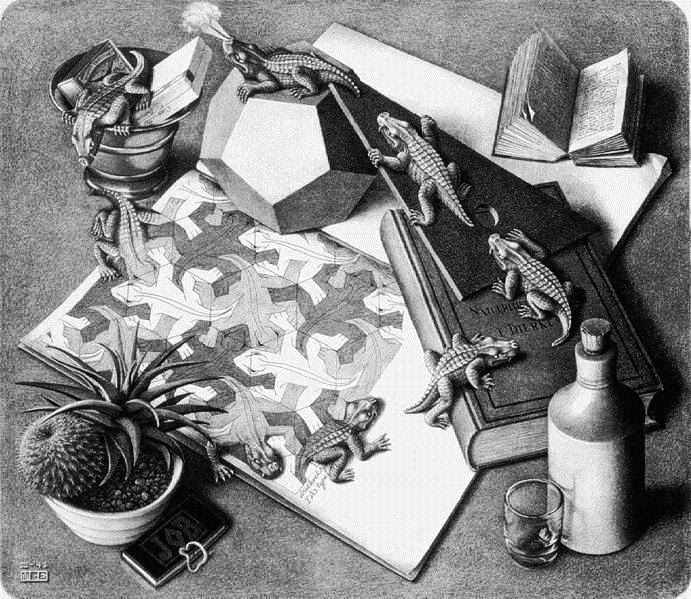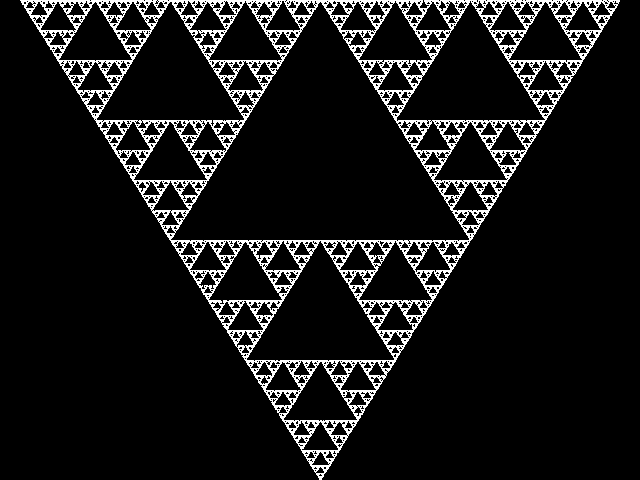La successiva metastruttura discussa da Tyler Volk e Jeff Bloom sono i gradienti, intesi come variazioni continue di variabili - scalari o vettoriali - contrapposte a distinte variabili binarie "vere" o "false":
Background
Gradients refer to continuums and shades of gray rather than rigid binaries of black and white. Both hierarchies and holarchies can be described as clearly defined and fuzzy demarcations along a continuum. Size, color, light, temperature, speed, quantity, amounts, elevations, distances, etc. refer to continuums. Most choices for humans and other animals do not manifest as a clear binary, but as a multiplicity along a continuum with no clear “right” or “wrong.”
 |
| Gradient of the 2-d function f(x,y) = xe-x2-y2 is plotted as blue arrows over the pseudocolor plot of the function. |
Examples
- In science: speed; acceleration; temperature gradients; slopes; density; solubility; salinity; statistical degrees of freedom; levels of hurricanes, tornado, earthquakes; etc.
- In architecture and design: walkway design; handicap ramps; elevators; lighting of spaces; plumbing design; landscape drainage; golf course design; etc.
- In the arts: use of color, light, and shading; pace of action in dance and drama; curvatures in sculpture; tempo in music; etc.
- In social sciences: population densities, public opinion, intelligence (whatever it is), economic trends, from traditional to modern allegiances in tribal and cultural groups, intensity of emotions, etc.
- In other senses: “mixed emotions,” degrees of friendship, “closeness” of families, types of lies, etc.












































